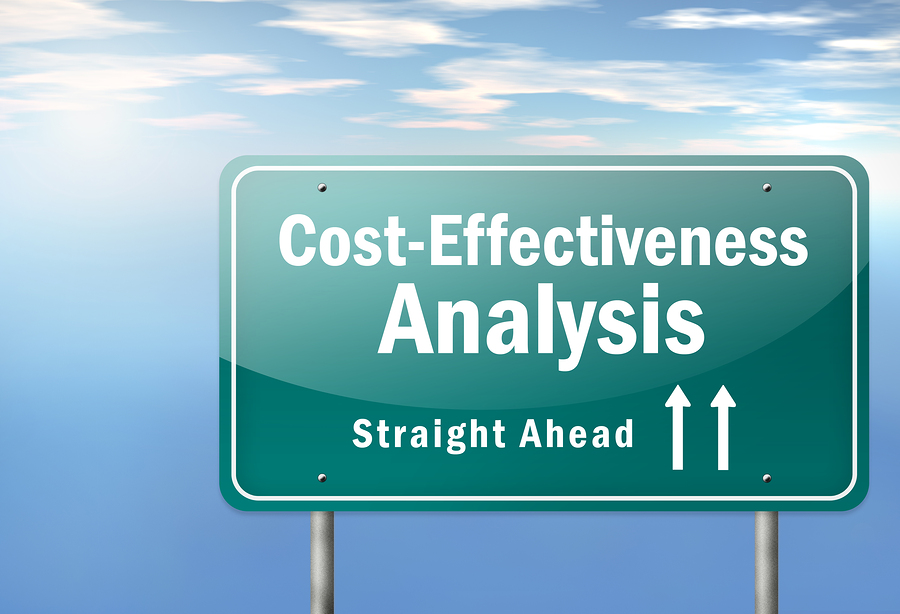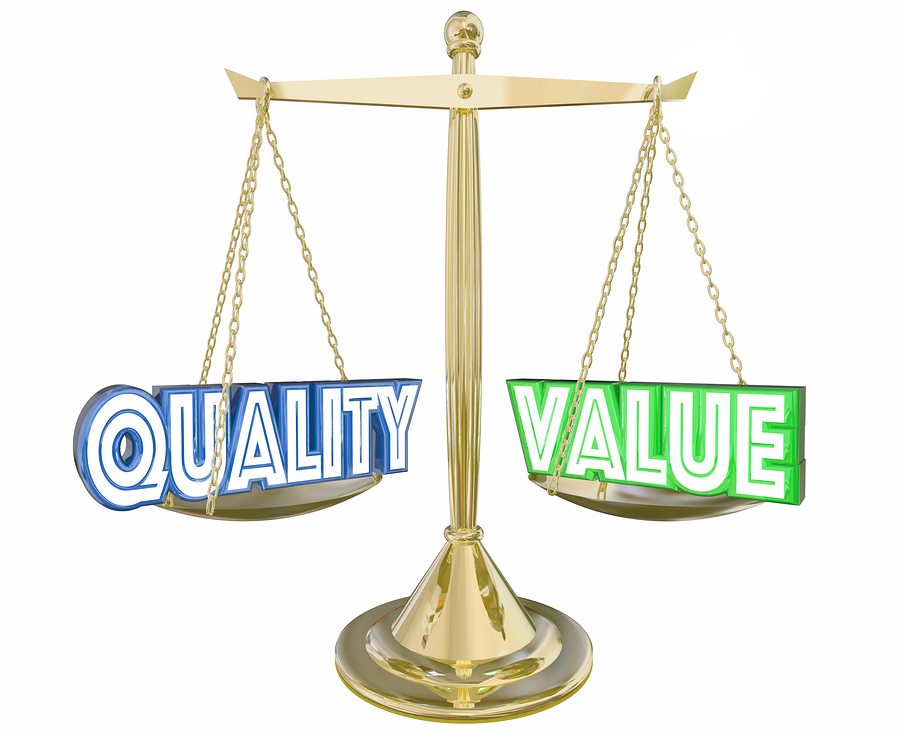Cutting Costs and Waste While Also Improving Quality
The late and great comedian, Rodney Dangerfield, always talked about not getting any respect in his daily life. He once said, “Last week I told my psychiatrist that I keep thinking about suicide. He told me from now on I have to pay in advance.” Well, I can tell you from experience that value analysis practitioners are in the same situation as Rodney if you let your clinical staff continue to discount the value of value analysis at your healthcare organization.
Teaching Moment
Let’s take a few moments to review what value analysis is all about so that the next time a clinician (or anyone else) tells you that value analysis is all about saving money, you can give them the facts. Value analysis was never about saving money. When Larry Miles (the father of value analysis) invented this technique in the 1940s at General Electric, he was asked by his boss to find substitutes for the materials GE was buying (i.e., steel, iron, aluminum, rubber, etc.) because during World War II raw materials were scarce in the domestic market.
That’s when Miles developed the value analysis technique of defining a customer’s internal or external requirements based on their functions (i.e., primary, secondary, and aesthetic), which helped him and his GE colleagues to search for materials or products that provided equivalent performance to the materials or products they were substituting. Miles had such success with this value analysis technique that he thought it might work to reduce costs and remove waste in everything GE bought or was considering buying. It wasn’t hard for him to convince his boss that this was a good idea. Naturally, Miles was appointed the first value engineer at GE and later headed a department of hundreds of value engineers who revolutionized how GE did business going forward.
Until his death in 1985, Miles was still teaching thousands of his students his value analysis techniques, which are now continued by the Miles Value Foundation in Wisconsin. Miles often talked about the quality improvements he made with his value analysis studies, but for some reason downplayed the benefits of doing so as an advantage of value analysis. From what I have experienced in my many years in value analysis, quality improvement is just as important as cutting costs. Maybe, Miles didn’t see the connection.
Healthcare Experience
In our long experience in healthcare value analysis (27+ years), we have seen value analysis mature into a profession. Yet, I’m not sure value analysis practitioners realize (Miles apparently didn’t) that the most important benefit of value analysis overall, as we see it, is that it is a waste remover or quality improvement tool. Yes, value analysis does reduce the costs of what you are buying by: (i) getting your purchasing specifications right and, (ii) substituting a lower cost product, service, or technology that is a functional equivalent, but we see these as natural everyday occurrences for value analysis practitioners. Some might say that these two advantages of VA are low-hanging fruit that generate about 3% to 5% of your VA savings overall. These same value analysis practitioners might not realize that the waste removal can yield 7% to 15% in savings using the same VA techniques that Miles taught 74 years ago.
An example of this waste removal would be the discovery (through analytics and observations) that your nurses are taking too many bath kits into the patient rooms to bathe patients and wasting these packs unnecessarily. This waste issue needs to be addressed by your value analysis team, since each bath kit could cost your hospital up to $1 to $3 each. Once procedural or product related corrective action has taken place, I can assure you quality will improve and costs will go down for your bath kits because you are meeting exact bathing requirements.
Double-Barrel Approach
In this era of healthcare reform, when reducing costs and improving quality stand side by side as concurrent goals for all healthcare organizations, value analysis should and can play an important if not critical role in meeting both these objectives. But first, your value analysis teams must move beyond price and standardization to also investigate how your products, services, and technologies are being employed on the front lines.
These twin goals can’t be accomplished in team meetings or sitting behind your desk. You need to actually visit your customers’ locations to observe what’s going on. There is no substitution for gathering firsthand information from your customers’ workspace about how they are utilizing the products, services, and technologies you are buying for them.
I remember such a visitation at one of our client’s nursing units a few years ago to see why the highest dollar line item purchased by this hospital was a General Requisition Form (used to order tests). What I observed, within a half-hour of my visit, was that for every form that was printed on their nursing floors a second identical form was printed because of a computer glitch. This glitch was easily fixed by the IT Department once they were made aware of it which helped saved this hospital $93,994. Just as important, this value analysis study revealed that the forms were not meeting the clinical requirements of the nursing staff that were the main customers for these forms. The study help the nurses communicate their quality issues with the form which help further eliminate waste and improved quality.
As you can see, you too can cut costs, remove waste, and improve your healthcare organization’s quality, if you decide to use the powerful technique of value analysis as a double-barrel approach to your supply chain expense management. But to reap these benefits you need to move beyond price and standardization savings alone and focus at least 40% of your VA efforts on how your clinical staff is utilizing the products, services, and technologies they are employing for patient care. It can revolutionize how you do business!





